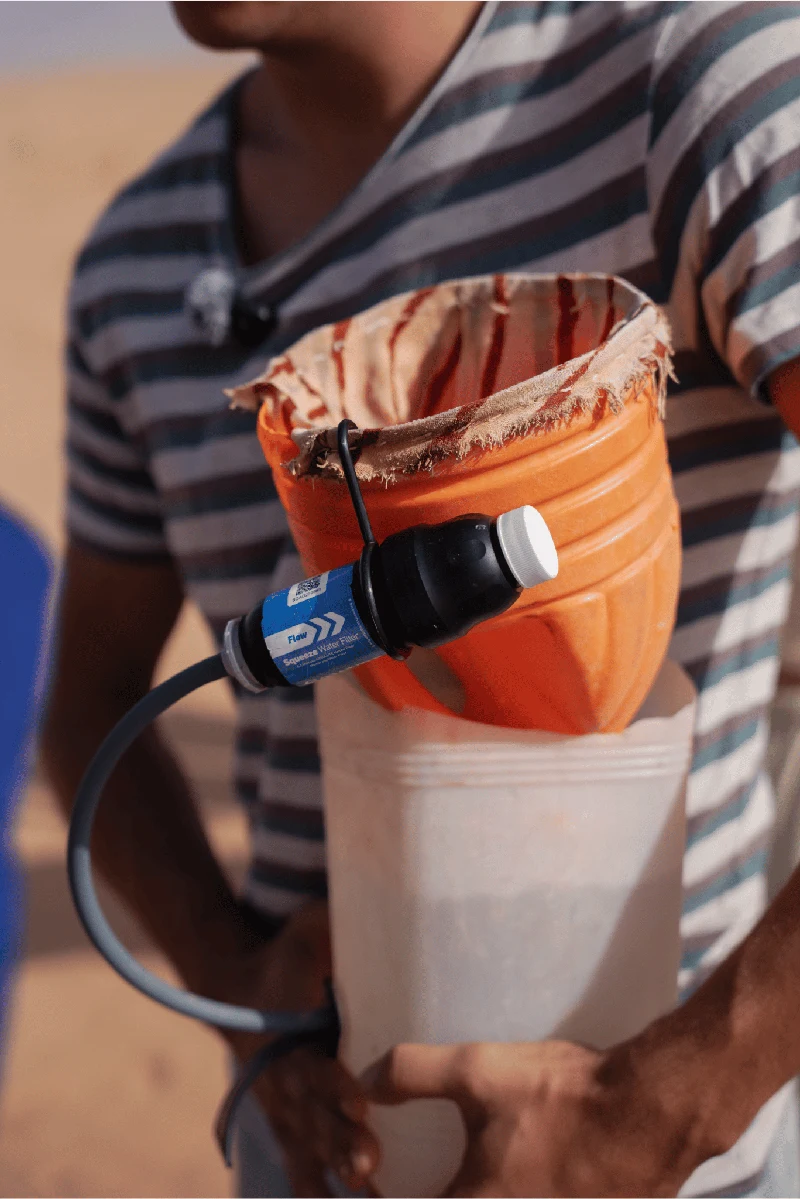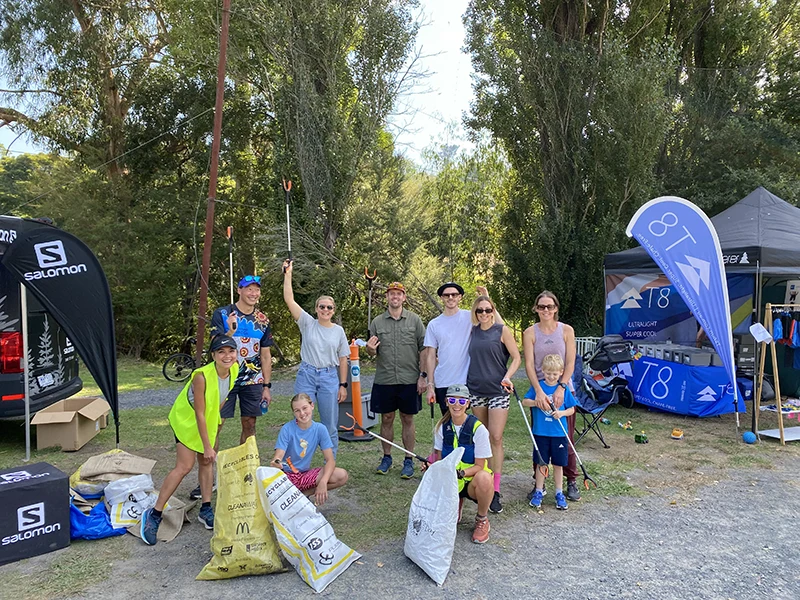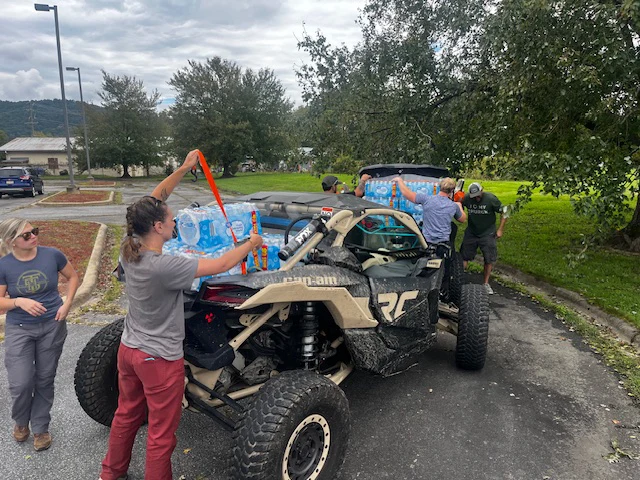

May marks Asian American Heritage Month, which celebrates the histories of Americans hailing from across the Asian continent and from the Pacific islands of Melanesia, Micronesia, and Polynesia. The month is not the only time to celebrate Asian culture and diversity, but a time to speak up and speak out, share stories about our shared experiences, and debunk misconceptions about Asian communities.
While my history may be filled with vibrant stories of appreciation, determination, persistence, and belonging outdoors, it doesn’t feel as though the invite to participate is freely given as AAPI interest in the outdoors and related consumer spending continues to grow. A culture of racial gatekeeping still exists.

I’m here to stay as a 1st generation child of immigrants, and with a physical, mental, and neurological condition that can’t be seen from the outside. My identity as a woman and being Asian were a large slice of my pie, while disability was nearly a third of it. I want to reframe disability narratives to ones rooted in pride, identity, and empowerment.
At times of adversity, I am in a constant struggle between being a rock and water. I’m reminded that I am water, which is not stronger than a rock for its density. Rather, water is stronger than rock for its fluidity, flow, and flooding capabilities. Finding my space outdoors in my full armor – in vulnerability, challenging the lack of representation by ways of microaggressions and racism can be triggering and discouraging.
Vulnerability & Mind Manifesto
Being outdoors for me in full form is therapy. The outdoors gave me time to process and examine what happened in my life and explore my mindset and feelings more positively. I used to be hard on myself when I did something less than perfect. I would harp on it, including why this happened, and try to problem solve while blaming myself.
My mind was stuck in overdrive. I was so keyed up, every morning, I’d wake up with gulps of anxiety, as if I were drinking boiling tea. I knew that I didn’t have to be this way.

I started exploring the outdoors more by biking on my Brompton, running, hiking, alpine skiing, and mountaineering. This moment changed everything. Nurturing the outdoors into life really helped my wellbeing. Caring for the outdoors helped me learn to care for myself. My mind felt like water (light and clear) versus the swirling of the ambulance sirens. Instead of spending a TON of energy managing how I felt about my less than perfect situation, I felt for the first time I could just be myself.
Mind blown.
Microaggressions & Inequality in the Outdoors
I realize that as an Asian woman outdoors, experiences of microaggressions are not uncommon for me, even when I try to feel open to all and welcoming. On the trails, people are often confused why I am on the trail carrying a 30lb bag. When I say “howdy,” as they pass by, on a few occasions, people blurted “Oh you speak English?” Other times, when a longer conversation ensued, I would share that I am a mountaineer and the response is, “Oh you do not look like one.” I suppress the urge to ask what a mountaineer looks like.
With these experiences, the idea of making myself feel small, or wanting to blend-in, and what it is like to be an outsider – is complicated to navigate.
Overall, I’ve had a genuinely ok experience outdoors, but there are still moments when I notice the clear gap between the outdoors and people of color. Historically National Parks were created to be accessible to all Americans, no matter their wealth. When I was trying to be a better skier, my inner dialogue made me feel guarded and uncomfortable because I was surrounded by mostly white people. Representing diversity of all races, genders, sexual orientations and backgrounds becomes a very important step in creating safe, inclusive outdoor communities where all can feel welcome.

Eggrolls & All
I enjoy the outdoors, but there is fatigue that comes with it. As a participant, guide, and bystander – when recreating outdoors be preemptive and proactive. Intervene in conversations and actions when you hear inappropriate comments. Educate your peers about the negative impact of their statements and actions. Being silent and doing nothing is the worst you can do to perpetuate the harm that invisibility has caused the AAPI community.
Speaking up and taking action are both antidotes to invisibility. Do one or the other; even better, to the extent you can, do both. If you don’t act swiftly, ask yourself, are you intending to really protect the communities that you claim to serve or target as part of your work towards equity and inclusion in the outdoors? Or, does your true intention end at being “performative” at best?
My vision is to “Cultivate a culture of empathy and belonging that leads to more inclusive outdoor experiences.” As a proud Asian American trying to have the optimal experience outdoors and for the 1st generation immigrant little girl that climbs and ascends above the clouds literally and figuratively, all things are possible.
As Bruce Lee best puts it, “Be like water making its way through cracks. Do not be assertive, but adjust to the object, and you shall find a way round or through it.” What is possible is change. A year ago, I was using the Sawyer Mini Water Squeeze. Now they’re one of my sponsors. There is a sense of reclaim. The silver lining is that brands are working to address this discrepancy and inspire marginalized communities to take up space outdoors.

Take Action
We have a lot of work to do, and I would like to thank Sawyer Products, AsianAveMag and Brown Girl Trekker for building awareness to help us get that important work done.
If you are inspired to empower young women in the outdoors through grantmaking and a chance to win Sawyer Mini Water Squeeze plus other goodies, view Song’s fundraiser for the Cairn Project here. Learn more about this community-building organization by visiting their website.
From the Squad
Campfire conversations with our community, from Squad Members and Ambassadors to Brand Partners and the Sawyer team.

















